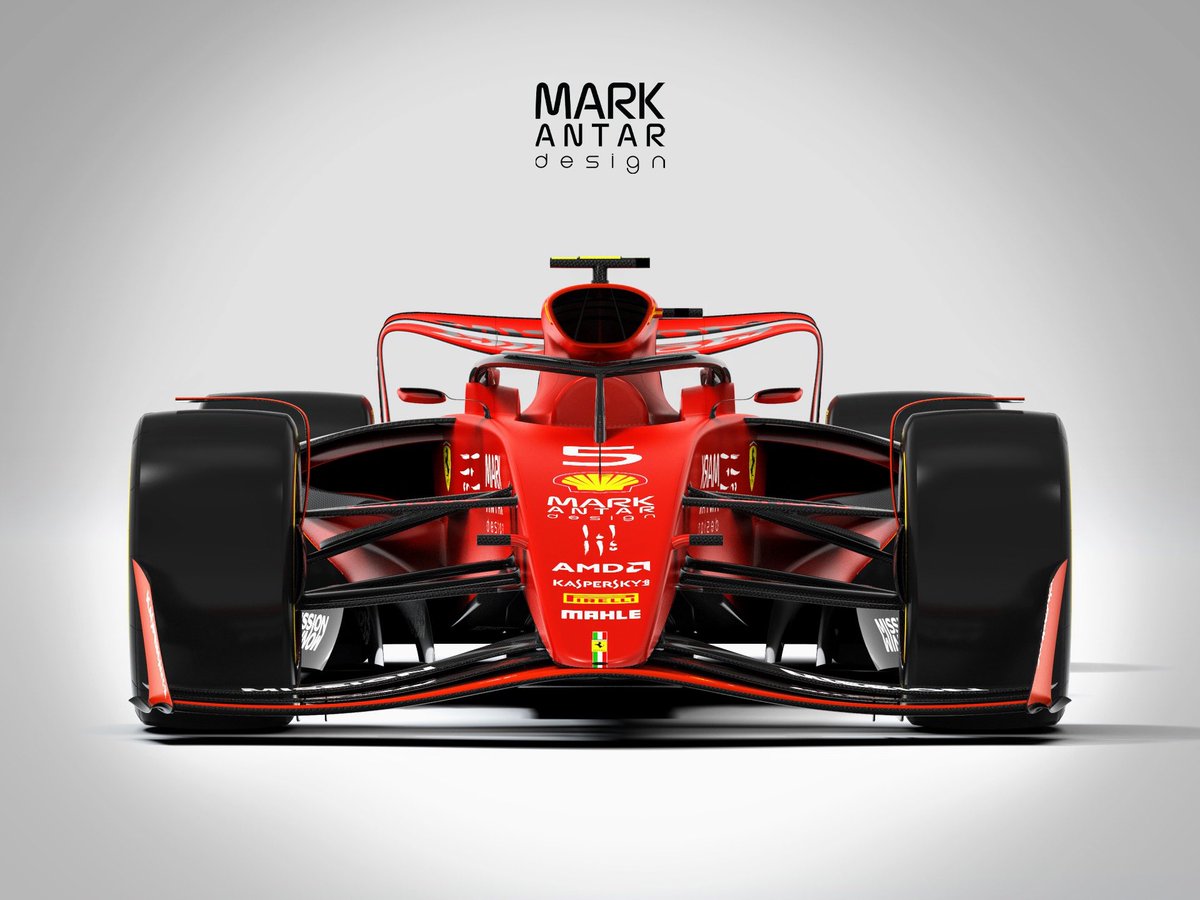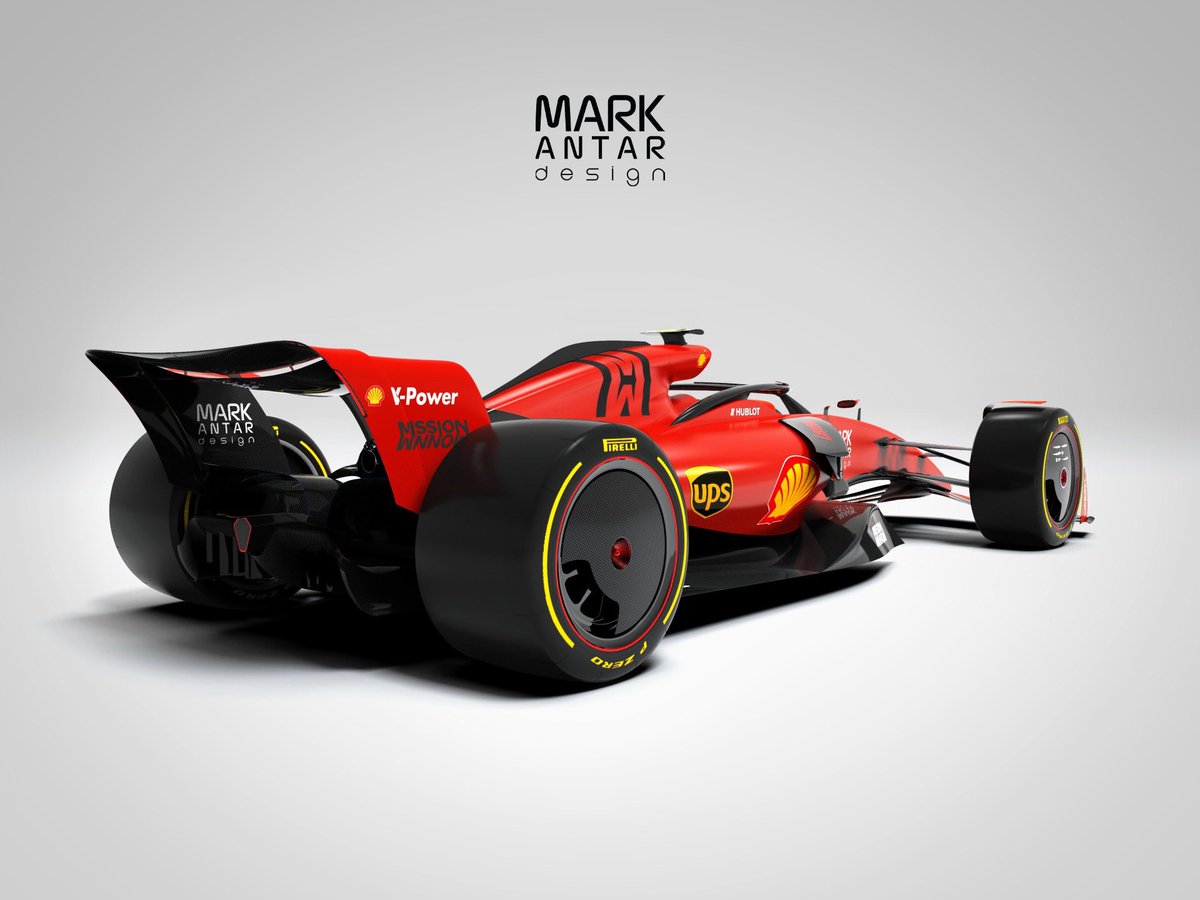Formula 1 will see the reintroduction of ground effect cars in 2021 as part of the bid to improve racing, it is confirmed.
For years, many have pushed for the move, which sees the floor generate a larger percentage of downforce versus the front and rear wings, seeing it the solution to the 'dirty air' which is often blamed for the inability of current cars to race.
The issue with ground effect is its sensitivity to bumps which led to many notable crashes during the first era the design was used in the late 1970s, early 1980s and its eventual ban in 1983.
Also Read:
However, with IndyCar increasing ground effect with their new car last year, F1 motorsport director Ross Brawn has also decided to take the same route for 2021.
"The first part of the objective is to improve the wake [from] the front car so the rear car doesn’t suffer so much performance loss," Nikolas Tombazis, the technical director of single-seater racing at the FIA explained.
"As an indication, when a current car is two car distances behind, it may lose almost half of its downforce and that makes it much more difficult to follow closely and creates a situation where you destroy the tyres much more easily, for two reasons.
"One is because the cars slide more and hence they destroy the tyres and secondly because obviously adding more turbulence and slow-moving air the tyres and the rest of the car don’t cool down as they do otherwise.

"What the following car receives [with a ground effect car] is much cleaner flow.
"Typically we are [going] from about 50 per cent loss of downforce for the following car at two car distances [behind] down to about five/10 per cent loss.
"So we have a massive reduction of the downforce [loss] for the following car."
Tweaks are still expected to be made, with the developers keen to make the front wings more aesthetically pleasing.
What is still to be known is how the new car will compare in terms of lap time to the current generation, although the objective was to make the gap as small as possible.

The car though is just part of the wider effort to improve racing from 2021, with a change to 18-inch tyres and a ban of heating blankets requiring work to develop a very different type of compound.
"We are into very deep consultation with Pirelli about how to make the tyres really step up and be at the position that they enable people to race," Tombazis explained.
"[That means] they don't degrade, they don't force people to manage the tyres so much, and they have a broader working range so as to not be as sensitive as they currently are.
"This is something we are working very closely with Pirelli and we have understood a lot of things that will make a significant difference in that aspect."
A deadline of September 15 is set for the final agreement to be in place for ratification by the World Motor Sport Council on October 31.
NOTE: Images included in the article sourced via @markantardesign on Twitter.


























